Cahokia
Highlights from Cahokia, an exploration of Native North America’s largest urban center, in conjunction with National Geographic and the Cahokia Mounds State Historic Site.


Aerial imaging shows the relationship between the mound groups.

This urban center was constructed on lines that conform to the equinox, during Sunrise on those days the sun can be observed linning up with the bases of the mounds.
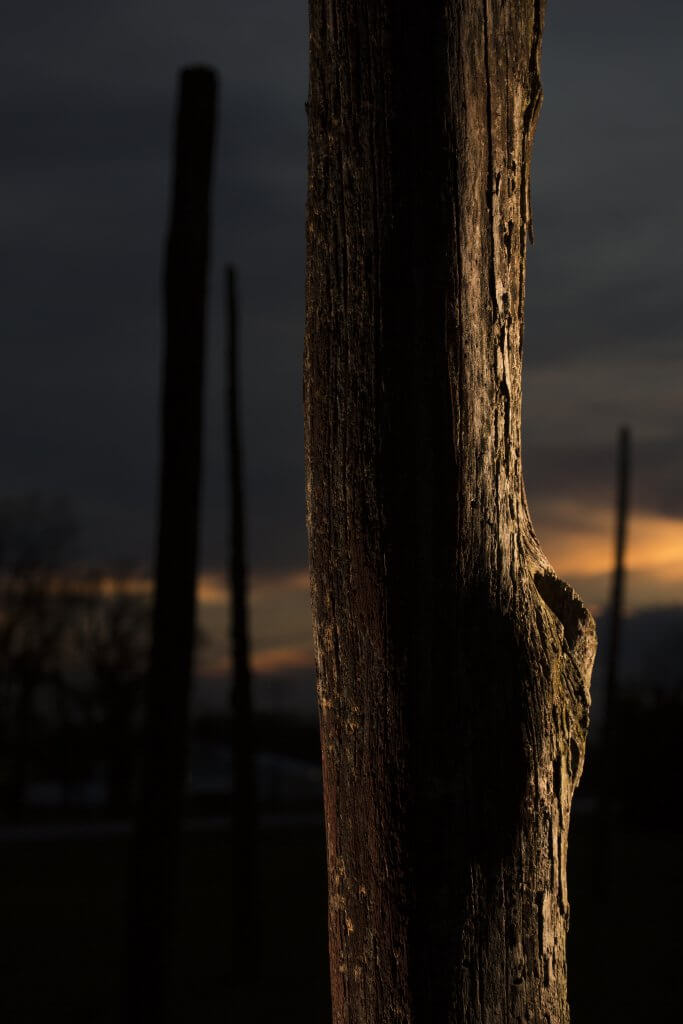
Excavations on the site revealed cedar post holes in multiple concentric circles that align with celestial events, which were reconstructed in their original orientations.

Keeley & Sons Inc, a paving construction company, pushes right up to the immediate border of Woodhenge. Woodhenge is part of the broader Cahokian UNESCO World Heritage Site.

With sheer indifference to the past, a modern suburban landscape was paved over and cut into the sprawling site of Cahokia. Note the platform mound middle center, next to the main road. Efforts are underway by the Cahokia Historical Society to acquire any land that comes up for sale.

Aerial views show the expanse of the United States’ largest pre-Columbian urban center, and a linear depression demarcates where a suburban street division used to be.

Sunset illuminates the silhouette of Monk’s Mound, now in increasing danger of erosion due to natural and man-made hazards of the area.

Birds fly in-between platform and other mounds of the east plaza group.

Archaeologist John E. Kelly surveys a new excavation near the main plaza group.
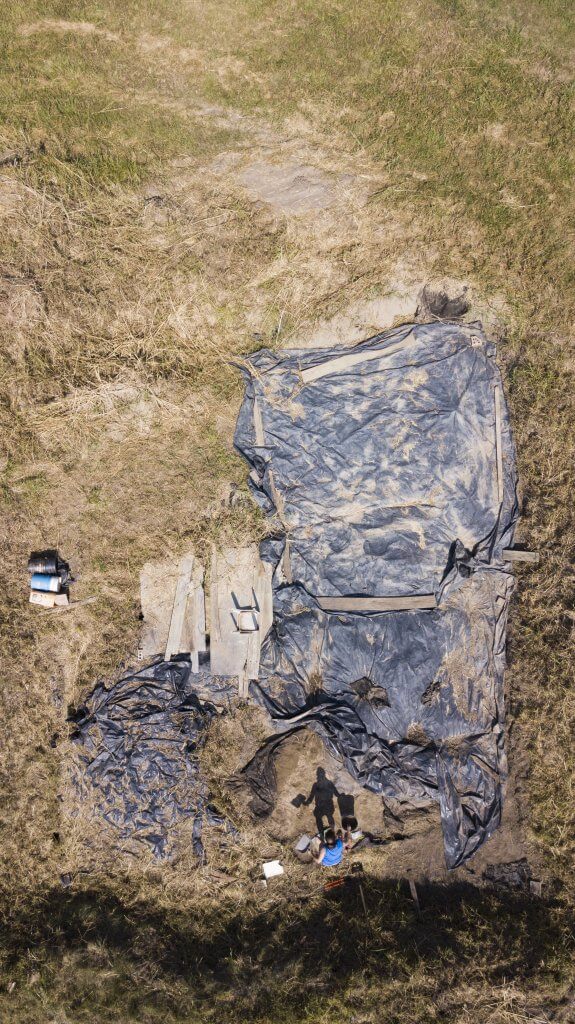
A new season of excavations is started on what has been dubbed the Copper Workshop, as remnants of green copper stained soil has been discovered.
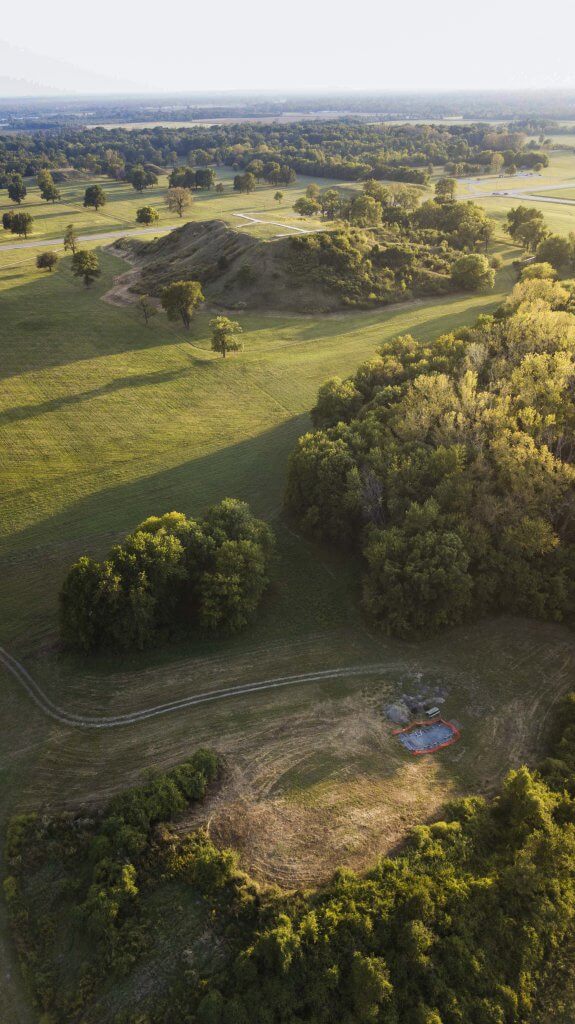
Aerial context of Mound 5’s northernly orientation in relation to Monk’s Mound.
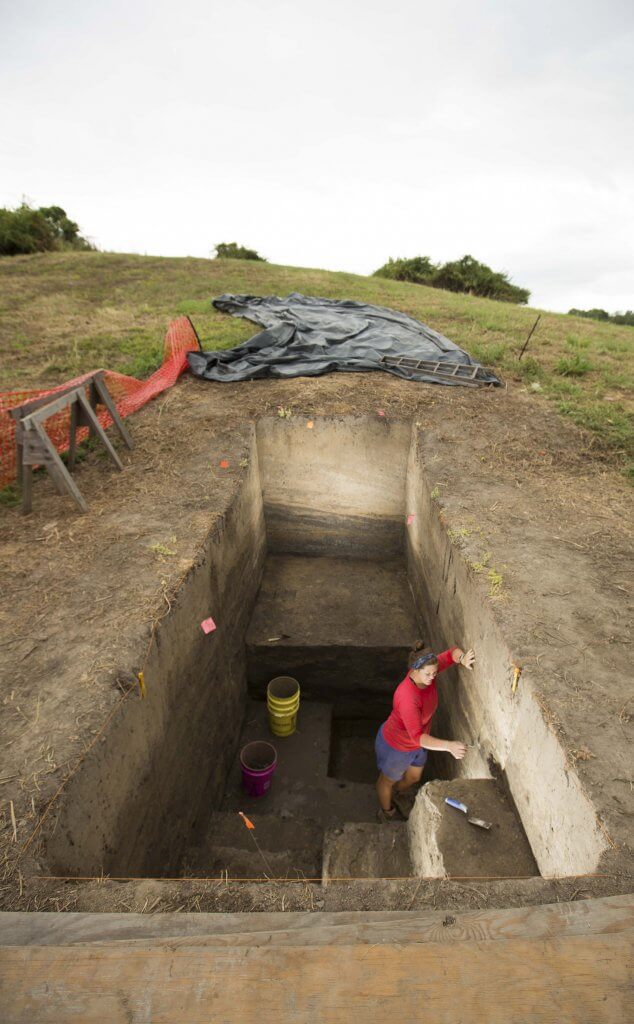
Archaeologist Caitlin Rankin excavates at the base of the platform end of Mound 5.
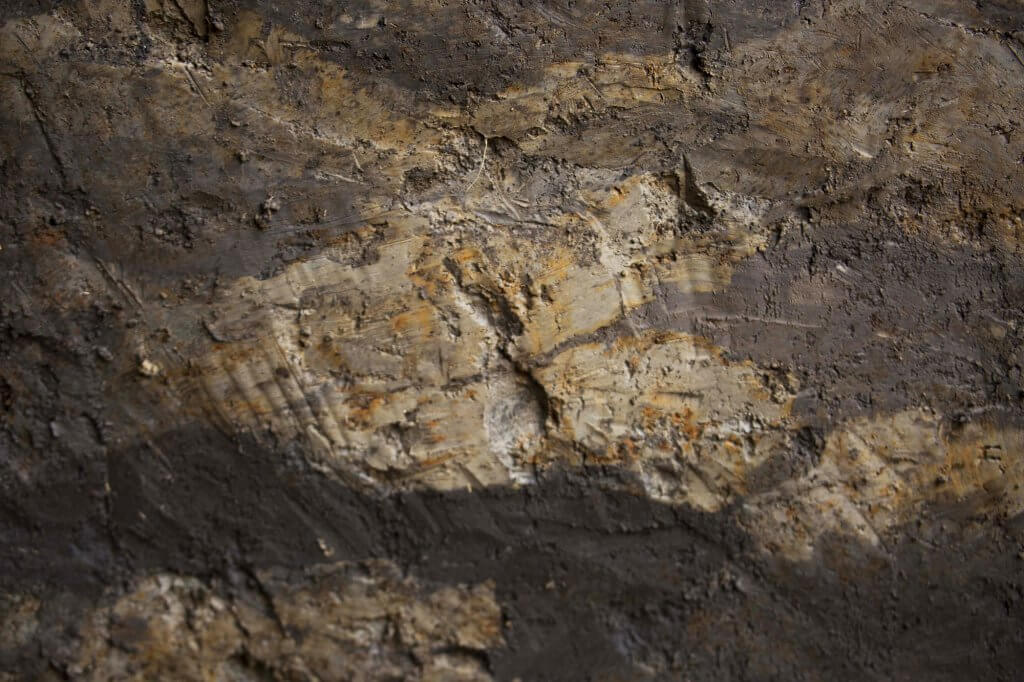
Excavations of Mound 5 reveal alternating basket loads of mud substrate were utilized in its construction.
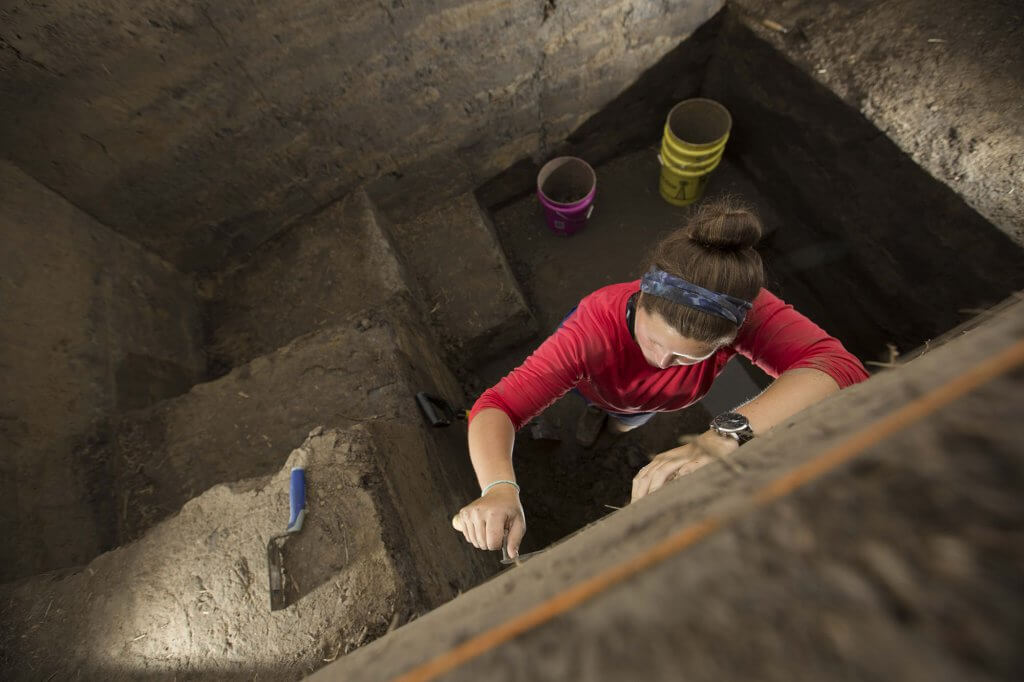
Research into the construction techniques and analysis of other finds hopes to shed light on why parts of Cahokia were built in swampy conditions.